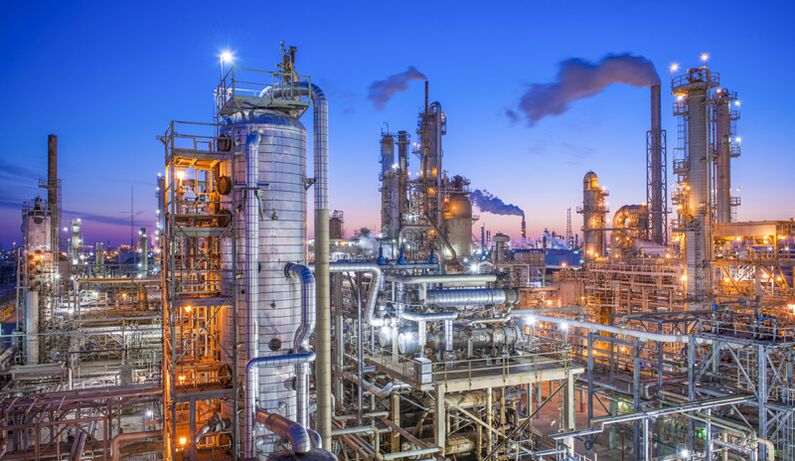Powerful energy complexes are used to service industrial, agricultural and construction companies. Almost 80% of all energy produced in the country is consumed by companies. Heat and electricity costs are becoming one of the main items of expenditure.

They can be reduced by introducing energy saving technologies in the company. They include the improvement of equipment, as well as the use of high-precision instruments. The instrumentation is always chosen taking into account the specifics of the industrial facility. Thus, for companies from the thermal energy and oil industries, devices with an increased degree of protection from external influences are used.
Popular ways to save money: main directions
Major technological activities include:
- Replacement of energy-saving equipment, from lamps to heat exchangers and variable frequency motors.
- Increased productivity in the electricity generation process: for example, installation of condensing equipment.
- Launching projects on "ecological" alternative energy (sun, water, wind).
- Monitoring of spent resources and launching management systems.
The conducted research and collected statistical data claim that 90% of energy losses are related to irrational consumption, but only up to 10% is lost in the process of transport and transmission. Therefore, the main directions in energy saving technologies are related to the optimization of heat and electricity use. All such activities have their payback period: experts can easily calculate the economic feasibility of applying certain processes or buying new equipment.
Technical activities
Implemented technical measures effectively reduce the amount of energy consumed, both hot and electric. They are expensive and time consuming, they may require significant investment in the initial phase, but they provide good results (and tangible cash savings). Such events include:
- installation of units of measure, flow meters: allows you to identify implicit losses and reduce costs by 20-30%;
- installation of small boiler rooms for needs, away from the central highway, areas: helps to eliminate heat loss during transport;
- introduction of frequency regulation systems for electric motors in ventilation, pump systems, for other facilities operating without constant load;
- installation of starting relays for lamps and replacement of obsolete lamps with energy-saving ones;
- obtaining energy by processing secondary raw materials directly in production (thus reducing its cost by almost 4 times);
- thermal insulation of the room;
- installation and launch of solar panels;
- use of organic fuel in boiler rooms.
Also, do not forget about the planned inspection and repair of all pipelines, cable networks and other elements of engineering systems, which reduces losses. In addition, gas, water and electricity supply systems must be equipped with modern highly sensitive regulators and measuring devices. These are activities that are actively carried out in modern companies.
If we talk about the latest achievements in terms of energy savings, then these include vortex heat generators, heat exchangers in ventilation systems (with additional coolant or cooler), solar panels and solar collectors. Most advanced technologies are too expensive for mass use. The only exceptions are LED lighting and the launch of rotary wind turbines.
























